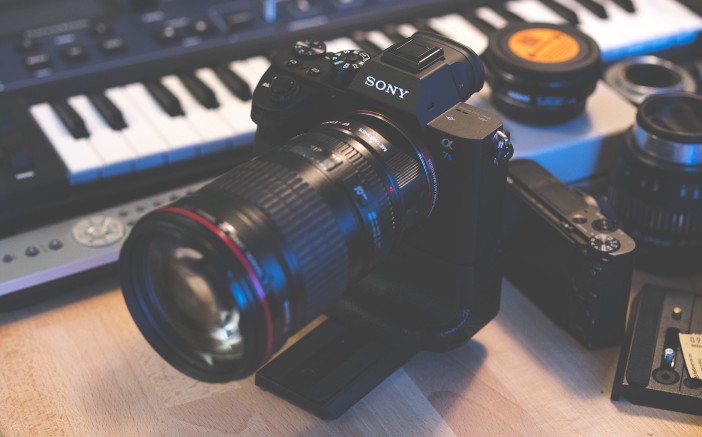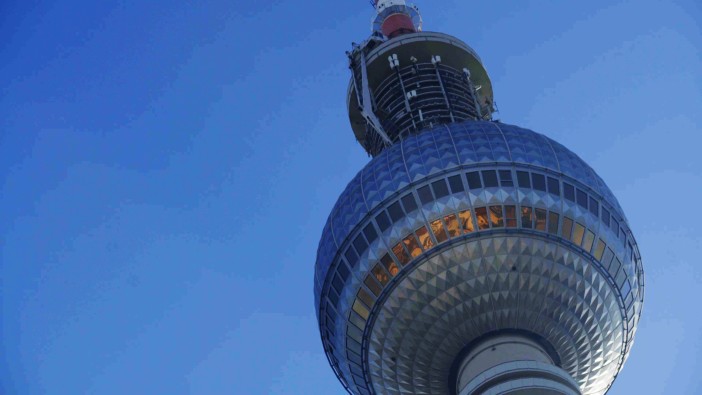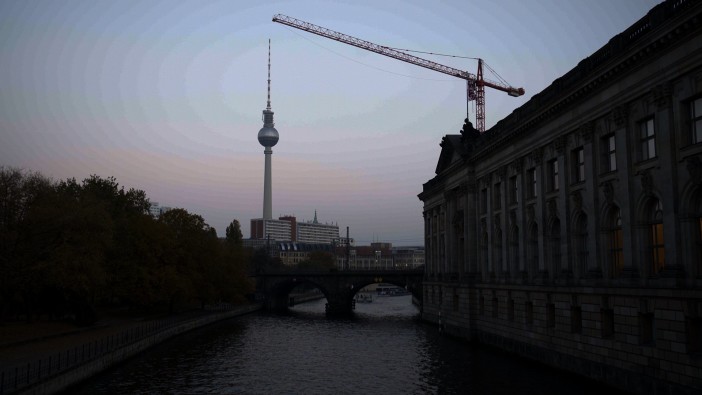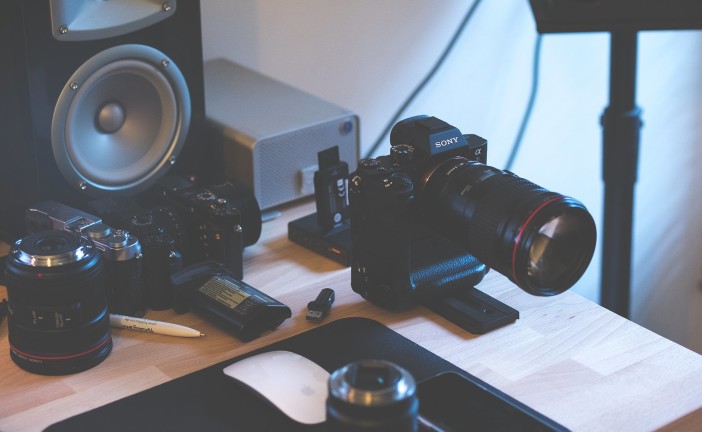I have been shooting with the A7S II for 2 weeks now. Let’s really get under the skin of the camera and see if it is worth your $3000.
UPDATE on the sunspots (4/11/2015): the problem seems to happen in PAL 25p and not NTSC 24p. European shooters as a workaround for now might need to shoot in 24p if they don’t want to risk trashing material. I’ve notified Sony and will await their reply and official comment. I request a small favour from US readers with the A7S II. Switch your camera to PAL, enter full frame 4K 25p recording mode (XAVC-S). Use an iPhone LED and shine it into the lens with the focus sharply on the back of the phone. Expose upwards until the black spot occurs. If it doesn’t occur it means only the European stock has the issue!
I really appreciate technology like the A7S II and the incredible images this kit is capable of.
It is an amazing camera, nevertheless, snatching defeat from the jaws of victory the A7S II does its best to make you regret it.
I’m going to give you it straight and up front (this ain’t no advertorial) – this camera has issues. Let’s get these out of the way in part 1 so that in part 2 of the review we can have some fun and divert our gaze to the absolutely incredible full frame 4K images at seemingly endless high ISOs.
Intro
The A7S II is of course the 4K recording (internal) full frame mirrorless camera we’ve all been waiting for. As well as 4K XAVC-S at 100Mbit/s it adds 5 axis in-body stabilisation and improves decisively on the build quality of the original model.
Death star?
On my retail model (bought in Europe on day of release, firmware 1.0) sunspots and black holes render it almost unusable. It is a complete lottery whether your shot is going to be ruined or not.
The next shot is not even in direct sunlight – the black hole is produced from a specular bounce of light off the floor.
https://vimeo.com/144482733
You can see an example of how the A7S II handles the actual sun below (this file was uploaded direct from the SDXC card and is ungraded) –
https://vimeo.com/144482734
This was with the Canon 135mm F2.0L in direct sunlight (XAVC-S 4K 100Mbit/s). Next, with the sun out of focus in the background you can really see the extent it can ruin a shot:
https://vimeo.com/144488394
The Sony A7S II is not a cheap camera. $3000 is a lot to most indie filmmakers and enthusiasts. You don’t expect this from a company the size of Sony on such a big production run of consumer gear that is out there right now shooting jobs for people.
The problem might be familiar to Blackmagic owners and I wonder if Sony thought it was a good idea to copy them! The initial 4K Production Camera hardware and firmware suffered the same fate. A fix was a while coming.
On the A7S II these sunspot defects occurs regardless of what video picture profile is selected or even with it turned off. It isn’t an S-LOG issue or an ISO 1600 issue. It doesn’t have to be the sun either – an iPhone torch LED is enough to trigger the blackhole. Nor is it the unlikely scenario of a lens adapter causing malfunctions as it happens with my native Sony 55mm F1.8 FE lens attached. It occurs at all the shutter speeds I’ve tried – 1/50 (180 degrees in 25p) all the way up to 1/8000 if the light is bright enough to trigger it.
Strangely the defect doesn’t appear in JPEG stills or the raw files. It seems the camera is correcting for those but not in 4K!
As an A7R II owner also I’ve yet to have the same problem on that model thankfully.
And there is still a chance I have just been unlucky with a faulty unit (unlikely).
But that an obvious defect exists in a released camera makes me speculate a lot – how do you miss something so obvious in the lab?! I do wonder if Sony rushed the A7S II’s release to beat some kind of Canon announcement in November. The first release date they announced for the A7S II was originally December yet it arrived in early October. I’ll let you speculate about what that announcement might be (hint – 5D Mark IV).
When the sun goes down
Let’s get this straight, the A7S II is an incredible low light camera. The footage will be in Part 2.
The problem is, it turns out the A7R II is an incredible low light camera as well.
Of course the main reason for picking up the A7S II is for the outstanding sensitivity and clean low light performance.
I was in for a surprise when both the A7R II and A7S II are set to record 4K S-LOG (the A7R II in Super 35 crop and A7S II in full frame) the A7R II is almost level pegging for noise with the A7S II and not just at ISO 3200, but all the way up to 12,800!! In fact at ISO 1600 the A7R II actually had less noise in the shadows with S-LOG 2 than the A7S II with S-LOG 3 at the same ISO.
Although generally the A7S II’s quality of 4K is outstanding, surprisingly it has some false detail and aliasing when pixel peeped. The Super 35mm 4K footage out of the A7R II is cleaner and more detailed!
Meanwhile the Super 35mm mode of the A7S II is incapable of internal 4K recording altogether. It begs the question, if it isn’t that much better in low light and doesn’t do better video, what exactly does the 12MP sensor give us over the 42MP at all? I hoped for less rolling shutter, but in 4K it has tons. On the end of a 135mm lens it is atrocious –
https://vimeo.com/144499680
One advantage is that the A7S II can record for just under 1 hour without over heating. The A7R II will overheat on a hot day in half that time. However neither are suitable for long continuous takes anyway! Both have a 29 minute cut off. Battery life run times are also short when shooting 4K. On the A7S II one battery lasts barely 45 minutes and the large battery grip only fits 2 in a total bulk space which has room for 5. Because of internal 4K recording it has gone backwards for battery life from the A7S.
Lens adapter woes
Sony don’t seem to be helping third parties get their very widely used Canon lens adapters reliable on Sony bodies. This is foolish to the extreme.
I have multiple issues with Canon lenses on the A7S II ranging from merely annoying all the way to shot wreaking.
With some lenses the camera locks up altogether when taking a still and doesn’t record the shot at all.
With some lenses the aperture is buggy and sometimes the connection drops altogether.
When the connection drops the lens no longer reports the correct focal length to the in-body stabilisation system resulting in yet more ruined shots with a ton of jitter.
Why would I want to put up with any of this on an important shoot when I can put my lenses on a Canon or Nikon body and get bullet proof reliability?
I don’t want to invest in a set of Sony lenses all at once that can only be used on one system, unless that system is truly established & reliable. The A7S II is getting there but it isn’t worth dumping 20 Canon lenses for. Sony need to realise this and get a grip on the reliability of third party adapters.
When the most critical accessories that almost everyone needs (and are already using) are reverse engineered, it makes no sense.
S-LOG 3 extreme banding
With the A7S II we now have S-LOG 3 and a View Assist. Is it easier to expose? Is it better to grade?
Sadly not. You really need 10bit and lighter compression for S-LOG 3. It is just so flat. Such flat contrast causes serious banding issues on the A7S II with low contrast subjects. For example below, even when expose perfectly for the sky I ended up with this… (and if you’re really unlucky a sunspot at the end) –
https://vimeo.com/144488387
(It is best to download the original at Vimeo to see the banding problem, below is a clear example on the page of what it is actually like…)
This is a shame as otherwise S-LOG 3 gives some very nice colour and dynamic range on the A7S II, but I just can’t recommend it.
Shoot S-LOG 2 or CINE2 instead. CINE2 especially has a much steeper fall off towards the highlights – what you lose in dynamic range & smooth roll off you gain in tonality. The highs have more contrast (more levels of luminosity and thus less banding).
The advantage of Canon LOG and the Nikon flat picture profile is that they’re ‘light LOG’ and easy to grade. You don’t need to be a video scientist! You don’t need to tweak the colours and you don’t get weird shifts when you adjust the gamma curve in post.
S-LOG is the most difficult LOG format on the market to grade and Sony have put it in a consumer camera. They haven’t even told their customers how to use it. It’s no wonder a lot of A7 footage shot using S-LOG 2 and uploaded to YouTube looks a bit worse for wear colour wise. It isn’t the consumer’s fault. Even pros have issues with it and it takes a long time to learn how to be a professional Resolve user.
The new View Assist meanwhile gives you the gamma of a contrasty Rec.709 profile whilst shooting or playing back S-LOG footage. It is a rough approximation of a final ‘look’ on the LCD. Sadly it has zero options to tweak it and doesn’t make exposure any easier, in fact it makes it harder and less precise! S-LOG 3 still likes to be exposed 2 stops to the right. The View Assist causes you to under expose. With S-LOG the blacks are noisy and need to be pulled down in post. If you under expose S-LOG 3 it is a recipe for disaster because you will have to push the bottom of the gamma curve UP in post and up comes all the noise. Sony really need to give their customers more help with exposing S-LOG. A better histogram, even some official LUTs and LUT support in-camera from the SD card would be a start. The exposure meter and display are almost useless for exposing S-LOG.
What happens if you do get exposure slightly off with 8bit S-LOG and try to correct in post? This –
There’s simply not enough information in the 8bit file to give fine gradation to highs and lows which are close to clipping.
The sky in this shot was not blown out altogether or off the edge of the histogram. The zebra wouldn’t have warned me either at 100%.
How much use is 14 stop dynamic range when it ends up being better to blow out the highlights altogether?
Manual focus – still an after thought?
In video mode the zoomed focus assist is another major problem with the A7S II. The quality of it doesn’t give you any confidence at all about critical focus and neither does the quality of the focus peaking. On a full frame 4K camera it is essential to get your focus spot on.
The A7R II’s zoomed focus assist is much sharper. The A7S II’s is unacceptably soft and fuzzy. This is especially noticeable when stopped down to F5.6 and trying to nail infinity through the EVF.
Even the 5 year old 5D Mark II had a very crisp zoom for focus. If Sony can do that quality but get it working during a recording like the existing one, then I wouldn’t have anything to complain about. The big question is, why couldn’t they? Did they not think it was important?
Conclusion (Part 1)
Despite the A7S II being the world’s worst camera to shoot the sun in the sky, there’s obviously a lot to like about the specs. The bad news must be tempered with an understanding of the sheer beauty this full frame 4K sensor can create, the extremely low noise and the benefits of image stabilisation with (almost) any lens (it doesn’t work properly with zooms that don’t communicate electronically through the adapter).
It’s also an extensively feature packed camera by consumer standards, although arguably Sony should have taken a few features out in exchange for getting the important stuff actually working.
In part 2 we’ll see what the A7S II is capable of once we put aside all the problems. The 5 axis stabilisation and overall image quality for video make it an exciting camera and I am sure Sony will issue a firmware fix for the disturbing sunspot issue.
With these issues and a high price tag of $3000 we really should consider our options. I know for sure I am! The choice between the A7R II and A7S II gives video users a real dilemma.
I am speaking from experience as I bought both but don’t really need to keep two. Sony hope video users buy both. Yes there are logical arguments for owning both but the realistic option for most is either one or the other. Also for most people is the A7S II even worth the (rather expensive) upgrade from the original A7S? The Sony FS5 is also a factor. Until I have shot with that I can’t really comment on it but it does look very appealing for $5k especially with that electronically variable ND.
For me the A7R II is increasingly looking like the more versatile option… The low light was a worry but it turns out the A7R II has some real voodoo going on with that 42MP sensor in Super 35mm mode. The new copper CMOS process likely helps video a lot too (as was the case with another megapixel monster, the 28MP Samsung NX1). The NX1 does a 6K readout for 4K video and the A7R II does a 5K readout. Oversampling improves the image & reduces noise. On the A7S II there’s no oversampling possible in 4K and I believe the architecture of the sensor is older with aluminium wiring.
The A7R II also has the advantage of being able to make optimal use of APS-C and Super 35mm lenses in 4K. My Cooke PL mount lenses for instance work very well with it. It is a confusing strategy from Sony to have a ‘video optimised’ A7S II incapable of shooting 4K with Super 35mm cinema lenses and having to get the ‘stills optimised’ model for that.
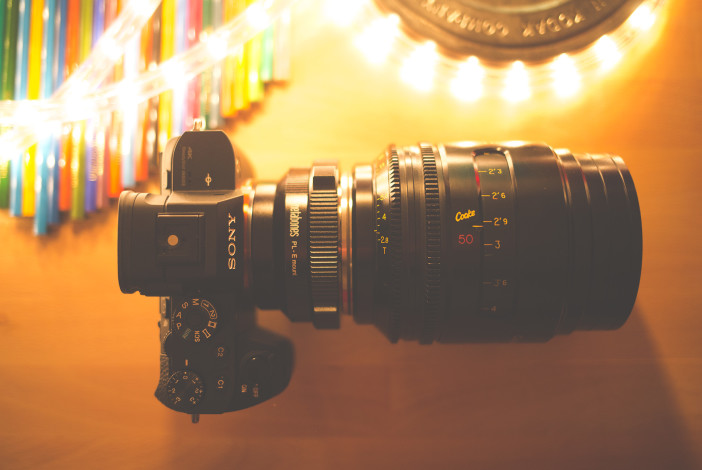
Also the much reduced rolling shutter in full frame 4K mode on the A7R II is handy to have on call. If you want to take advantage of the better image quality in Super 35mm mode but don’t want to give up the full frame look to your Canon lenses then just put a Speed Booster on it.
Then there’s the superb 42MP stills on the A7R II vs 12MP on the A7S II. For me personally megapixels aren’t a big consideration but there’s just not the low light disadvantage you’d expect to see on the A7R II to push people into making the trade off for much lower resolution. With S-LOG 4K video at ISO 12,800 & under the A7R II holds its own in low light, especially with Speed Booster.
Finally there’s no View Assist or S-LOG 3 on the A7R II but S-LOG 2 gives you the same usable dynamic range, with the advantage of a minimum ISO of 800 vs 1600 on the A7S II being useful in daylight.
So it is a rocky start for the A7S II. Let’s see if it can fight back in Part 2 and if Sony listen to use and fix what is wrong with it. To summarise we need a firmware fix for –
- Sunspot defect
- Manual focus assist quality
- S-LOG exposure aids and exposure meter
- Choice of built in LUTs for the View Assist
I mean – we have to be able to point the camera at light, we have to be able to expose it and we have to be able to focus!!
Pretty simple really!
After that everything else is a bonus…




